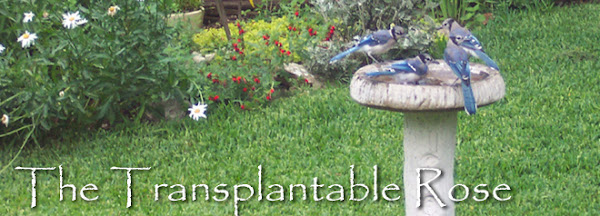Three weeks can make a big difference in the garden! Since that last post the garden plant spreadsheet shows fewer plants with question marks next to their names.
The Barbados Cherries appear to be alive. They also appear to be about 6" tall now. But you don't want to see that photo and I don't want to take it. Averted eyes is the way to carry on while the boxwoods decide exactly where they'll regrow - don't want to take that photo either.
This photo of the ice-and-freeze damaged Oleander was taken at the beginning of April. It grows near the steps from the house to the drive so it was very hard to not only avert my eyes but to refrain from picking up the lopping shears.

Sometimes the best thing to do is nothing. Early last week tiny green leaves began to sprout along the oleander trunk and by Thursday it was clear which branches were doing well and where to make the cuts. I don't think there will be flowers this spring, but the Oleander should live and grow.
So let's ignore the battered shrubs and let them recover in private. As to the rest of the garden? Even though we're still in drought, something about the long cold rest seems to have benefited the roses - they're shouting that it is now Absolutely April.
'Julia Child' opens new flowers every morning, standing nearly 5-ft tall, with scores of buds still swelling, surrounded by self-sown poppies and larkspurs, by Four-nerve daisies and the last bluebonnets.

I've read that this rose was chosen by Julia Child herself to bear her name, because it looked like butter.

I still don't have a positive ID on the pink climber that came with the house, but 'Climbing Pink Peace' seems to be a possibility. My husband Philo built a wooden trellis over the gate and the rose has stretched out and up to cover it.

A few big blossoms joined white 'Climbing Iceberg' in a bowl.

This apricot mini-rose finally looks established - last spring it had two flowers.

The frozen Rosa mutabilis quickly outgrew the damage and is reblooming in its patio container.
The color of the clematis next to the back door is hard to describe - it goes through so many changes from bud to blown blossom.

The Oakleaf Hydrangea flaunts something between a bud and a flower.

Up in front most of the native plants in the parkway strip are waking up and thinking about buds, but only the Damianita is in full bloom.

The Texas Mountain Laurel flowers froze in March 2014, but the shrubs are already making buds for Spring 2015.

Fingers crossed these new plants of Damianita, purple skullcap, creeping phlox and Blackfoot daisies can take hold in a new bed up front.

Tomorrow's forecast promises temperatures in the nineties so the individual flowers don't last too long, but April has been absolutely lovely for a while.

This post about my garden in Austin, Texas was written by Annie in Austin for her Transplantable Rose blog.




























